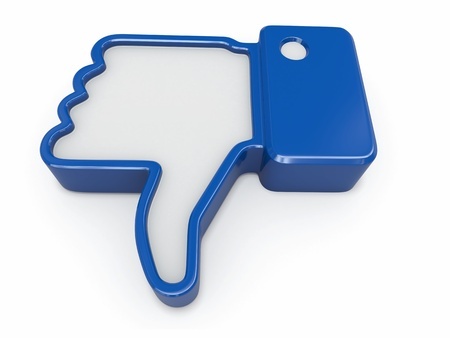Are you following Facebook’s advertising policies?
Facebook advertising campaigns can be a great way to promote your business. But it’s important to know the social networking site’s advertising policies. To avoid getting rejected ads or even temporarily blocked from advertising on Facebook altogether, here are a few things to keep in mind before your next Facebook advertising campaign:
Prohibited Content. You probably already know the obvious forms of prohibited content — illegal products and services, adult content, drugs (including tobacco), payday loans, and weapons – but are you aware of everything Facebook prohibits for its advertisers? Some lesser-known forms of prohibited content include sensational ads designed to shock or scare viewers, mentions of personal attributes (ranging from gender/sex/race/ethnicity/religion to even financial status and medical conditions), controversial content, profanity and bad grammar (this is also just bad advertising, whether or not Facebook prohibits it), personal health (“before and after” ads are especially forbidden), and low quality or disruptive content (including ads that direct to low-quality websites).
Even if you think your ads are within Facebook’s guidelines, it’s important to refresh your understanding of Facebook’s most recent policies to ensure your ads are able to run.
Restricted Content. Restricted content is different than prohibited content because it’s not explicitly forbidden, but there are several guidelines you must follow to avoid Facebook rejecting your ads. Restricted content applies to alcohol-related advertising, dating services, gambling ads, online pharmacies, supplements, subscription services and financial services, including those related to student loans.
Ad Positioning. When it comes to ad positioning, Facebook has just three central guidelines:
1) Relevance (the image and text must be related to the product/service being advertised)
2) Accuracy (the copy and image must accurately depict the product/service without sensationalist claims or imagery accompanying it)
3) Landing Page Relation (the ad cannot lead to a completely different website advertising unrelated/irrelevant/illegal products or services)
Text in Images. The basic guideline for using text in images is that no more than 20% of your image can be covered in text. To avoid this issue altogether, it’s generally best to use high-quality, text-free images, because otherwise you fall into a murky gray area that will require Facebook’s algorithm to more stringently evaluate your ads and determine whether they should be permitted to run.
As you can see from the above explanations, Facebook advertising is more complicated than you might expect. However, as long as you carefully read through Facebook’s advertising policies before rolling out your next campaign, you’ll be better equipped to avoid rejected ads and boost your audience impressions as a result.


